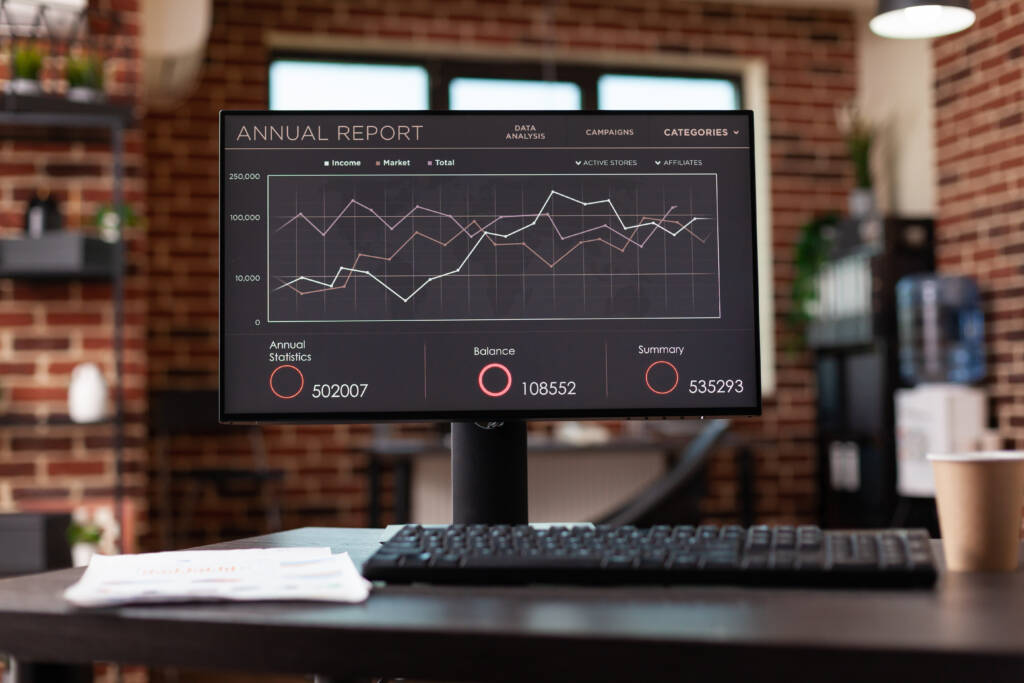
Overview
A rapidly growing marketing agency in the United States needed to consolidate financial reporting across its diverse lines of business. They offered creative (design and web development), physical marketing, and digital advertising services—and were using five separate QuickBooks accounts for different segments of the organization. This fragmentation led to time-consuming, error-prone financial reporting and delayed visibility into key metrics.
Challenge
- Multiple QuickBooks Accounts: The agency had five QuickBooks entities that required manual data exports and cross-comparisons.
- Cumbersome, Manual Processes: Each month, the Accounting department spent weeks collecting reports, copying them into Excel, running multiple VBA scripts, and uploading data to Google Sheets. This resulted in:
- Delayed Monthly Close: The extended process pushed the monthly financial close well beyond an ideal timeframe.
- High Labor Costs: The manual workload required multiple team members and extensive overtime.
- Late Decision-Making: Executives lacked timely insights into the company’s financial health, limiting their ability to pivot quickly.
Solution & Implementation
The project was rolled out in phases to ensure minimal disruption and maximum benefit:
- Streamlining Manual Exports
- The first phase focused on reducing the number of platforms involved. Instead of switching between QuickBooks, Excel, and multiple scripts, the manual exports were migrated into Google Sheets.
- This step immediately cut down on process complexity and tool handoffs.
- Automated Data Categorization
- Using Google Apps Script, logic was introduced to automatically assign transaction categories.
- Additional metrics were created to track values like EBITDA and net profit at the department level, providing deeper financial insights without extra manual work.
- Data Pipeline & Real-Time Dashboards
- A free, out-of-the-box pipeline (Fivetran) was implemented to connect QuickBooks data to an Amazon Redshift data warehouse.
- A cron job on a Linux server was set up to regularly pull data from the warehouse, updating both Google Sheets (for department collaboration) and Tableau dashboards.
- This near real-time integration gave leadership instant visibility into key financial metrics, including P&L statements, cash flow, and accounts receivable.
Results
- Major Time Savings
- 60 Hours per Month Saved: Automated reporting eliminated roughly 60 hours of manual work each month for the Accounting team.
- Reduced Personnel Overhead: Only one solutions engineer is now needed to maintain the data pipeline—no longer requiring multiple accounting specialists.
2. Real-Time Financial Metrics
- Quicker Close: By automating data flows, the monthly close cycle was significantly shortened.
- Enhanced Visibility: Near real-time dashboards in Tableau empowered executives to make faster, better-informed decisions.
- Eliminated Redundant Tasks: Manual accounts receivable reporting and other key metrics are automatically updated, freeing the team to focus on higher-value activities.
3. Foundational Shift for Growth
- Beyond achieving the initial goal of automating P&L report generation, the agency gained a scalable financial infrastructure.
- Granular department-level analytics support more accurate budgeting, forecasting, and resource allocation.
Key Takeaways
- Automation Breeds Opportunity: What began as a simple desire to automate P&L reporting evolved into a full-scale transformation of financial analytics and operations.
- Communicate ROI Early: If done again, it would be even more impactful to showcase the time and money saved from the start, to build excitement and buy-in across the organization.
- Scalability for the Future: By implementing robust data pipelines, this marketing agency is now equipped to handle future expansion without sacrificing financial oversight.